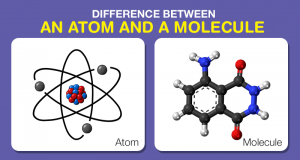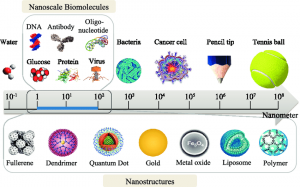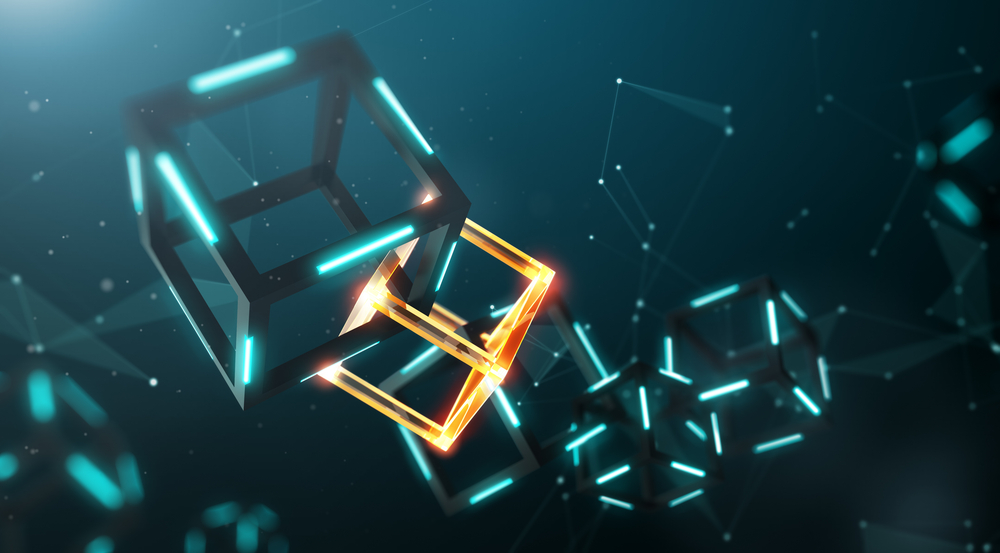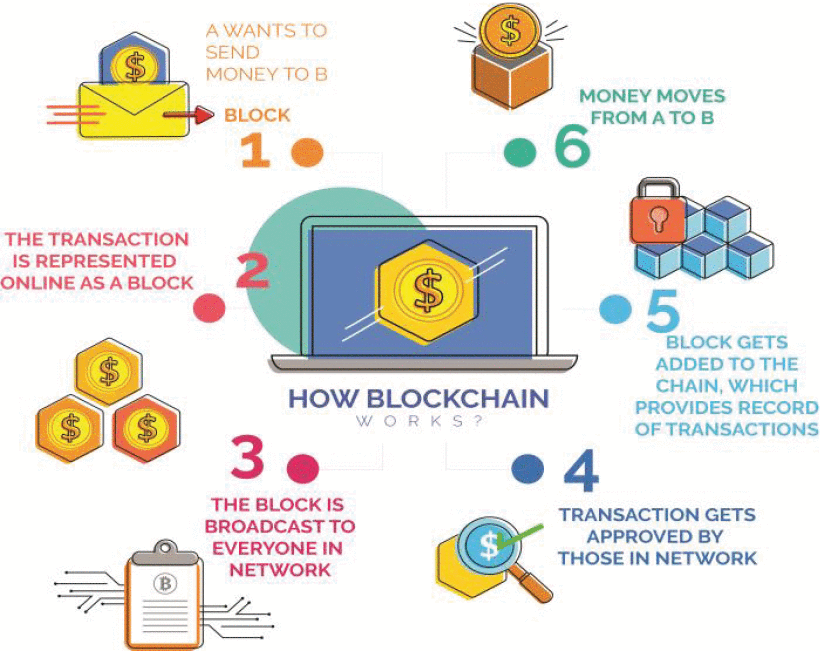General Information
Self driving vehicles are essentially vehicles that require minimal to almost no human control[1]. The way self driving cars work is through different technological systems placed throughout the car which detects their surroundings and base judgements through the information they received from the systems. There are various types of autonomous vehicles from cars to trucks. Self driving cars are a disruptive technology due to the massive impact they have had on consumers and industries as they’re becoming increasingly popular than regular driving cars[2]. As of now there isn’t a fully automated car on the market[3], however there are cars that are almost fully automated, for example one of the biggest, most popular range of self-driving cars is the Tesla range. Tesla has produced different range of models which allow the car to drive on its own, to an extent of course. There still needs to be a human behind the wheel operating the car just to ensure safety of themselves and others on the road.

Autonomous driving has gained significant popularity over the past few years, especially from Tesla. The reason for this sudden popularity for self driving cars is the safety, functionality and demand[4]. Safety is one of the key reasons why autonomous cars are popular. Consumers purchase a car which ensures maximum safety of everyone on the road and self driving cars have these features.
Technical Information
First of all, there are 5 different levels of autonomy related to self driving cars[5]:
- Level 0: Car is fully control by a human
- Level 1: Some technology is controlled by the car i.e. cruise control
- Level 2: Car can perform steering and acceleration on its own but still needs needs assist of a human driver
- Level 3: Conditional automation, able to perform some conditions which will result in fully automated driving but still need human assists.
- Level 4: Able to fully automate on it’s own and require human interaction only when deemed necessary
- Level 5: Fully automated, no human interaction needed.
So far we have achieved up to level 4, however we are getting closer and closer to achieving level 5. In order to create a fully automated vehicle, there needs to be technological systems fitted within the car. Systems like radar, LiDAR, camera computer vision systems, complementary sensors and connectivity[6]. These systems have already been in place in existing semi-automated cars. Although fully automated cars use these same systems as well, more complex components are needed too like neural network algorithm and data[7]. These components are essential for level 5 automation.
Neural Networking Algorithm
There are different algorithms within the neural networking algorithm. Regression algorithm detects the distance between two vehicles. Decision-making algorithm allows the vehicles to make quick thinking decisions under different circumstances. Pattern Recognition algorithm is similar to regression algorithm however it essentially uses detects the object first. Lastly, Clustering algorithm organises data into different groups[8].
LiDAR
Features like radar and LiDAR are already uses in level 3 and 4 automations. LiDAR, light detection and ranging, is a sensor which uses light to map out the height and distance of an object. It uses multiple pulses of light to detect the measurements. LiDAR is widely used through different fields like marine and aircraft[9]. There are two types of LiDAR, topographic and bathymetric. Autonomous cars usually use topographic LiDAR. Topographic LiDAR uses light pulses to map out different surface environments, whereas bathymetric LiDAR is used more to map out bodies of water[10].
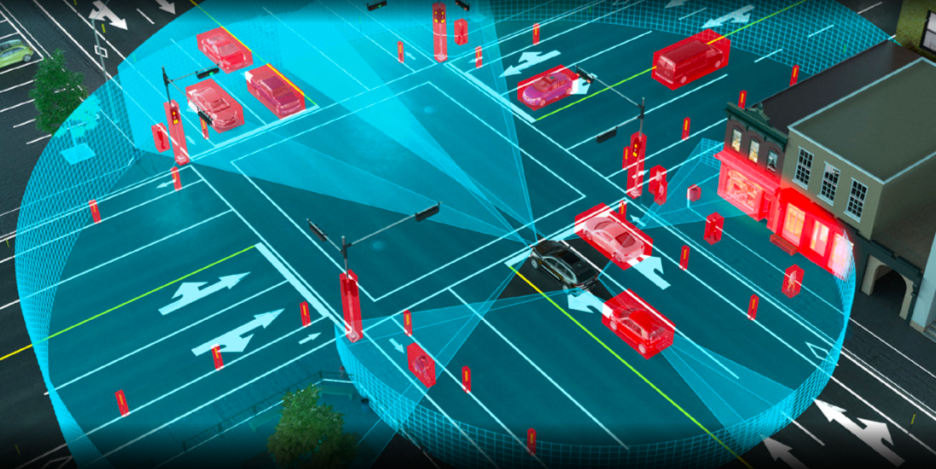
Historical Information
The first thought or concept of autonomous driving occurred over 90 years ago. Although in 1930 there wasn’t any type of sensing technology like LiDAR, they had the idea of creating autonomous cars in the future[11]. In 1958, General Motors had an idea to add magnetic spikes on road which can then control the car[12]. General motors then applied this idea into reality. 20 years later, Japanese engineers, Tsukuba Mechanical Engineering Lab built upon General Motor’s magnetic spike cars[13]. They improved the vehicle by adding cameras on top of the car. This was the beginning of the autonomous cars we see today. Around the 1980’s, German companies Mercedes Benz and Daimler further improved the Japanese’s “self-driving car” by adding even more cameras and sensors[14]. This improvement resulted in an increase of acceleration of the vehicle from 32 kmph to approximately 90 kmph, which is a significant improvement.

The 21st century is when autonomous driving was really looked upon. Technology was becoming more adaptive and advancing. One of the most popular companies behind creating autonomous driving is Tesla Motors. Tesla Motors was founded in 2003 by Martin Eberhard and Marc Tarpenning[15]. A year later Elon Musk (the current CEO of Tesla Motors) joined. Musk had a vision to create fully automated vehicles which are also energy efficient and clean. It wasn’t until 2014 when Tesla first introduced self driving cars to their range. By 2017, Tesla present level 3 automation by adding cruise control, lane assist, Autosteer and Autopark. Only recently did Tesla instigate a new feature which is at level 4 automation, Autopilot. In April 2020 Tesla announced that they are in the midst of creating a software that will allow the car to fully operate on its own.

Apart from Tesla, there are other companies which have also created “self driving cars” like Google, Volvo and Ford. However they’re aren’t as popular as Tesla. As of now there isn’t any fully automated cars but we are approaching that goal very quickly.
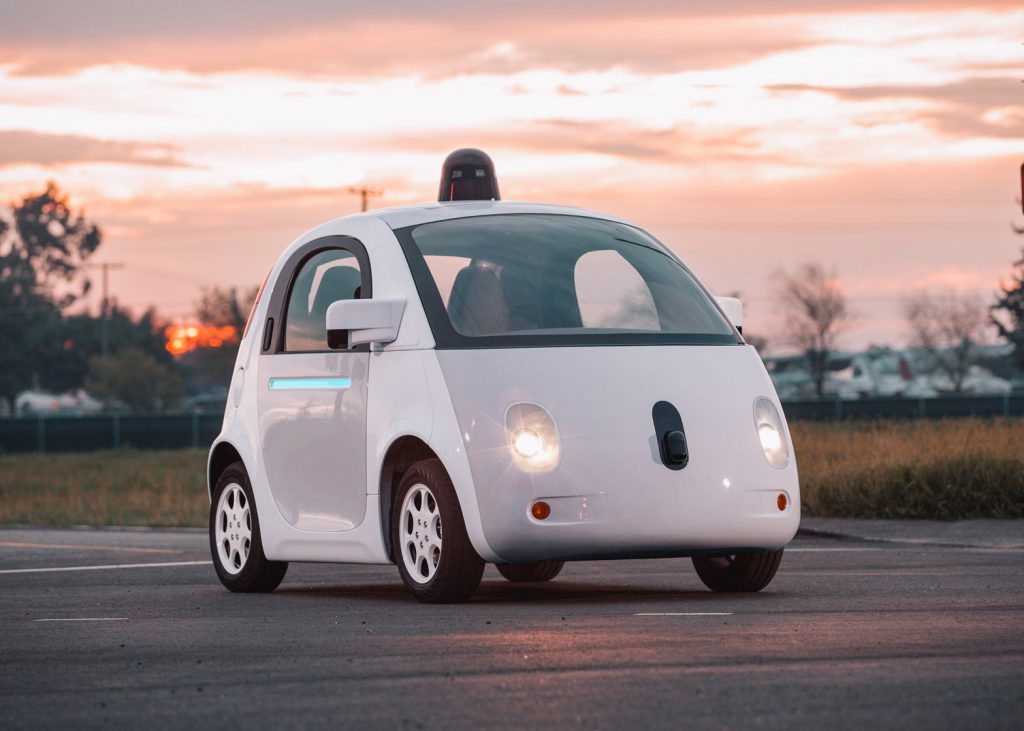
Impact Of Technology
There are positive and negative impacts of autonomous driving within societies, economies and also socially.
- Autonomous driving can reduce accidents[16]:
Through the advancement of technology within cars different technological systems such as LiDAR, radar and Neural Networking algorithms, accidents can be prevented. This will ensure maximum safety over the driver and their passengers and also others on the road.
- Reduced Carbon Emissions[17]:
Almost all autonomous vehicles run on electric power. This leads to a reduction in CO2 emissions and hence further improve the environment.
However with these benefits comes some consequences.
- Hacking of systems[18]:
Autonomous cars will use various different technologies which can be prone to hacking. This is one of the main issues when it comes to fully automated car. A more sophisticated and safe system would need to be created to prevent hacking.
One of the more reasons why autonomous cars are disruptive is that it will soon overtake regular cars in the future. Ultimately, autonomous driving will have a huge impact on both society and the economy. It creates great benefits for the environment as it is fully electric and also benefits communities in that the car guarantees safety. Ultimately, autonomous driving will have a huge impact on both society and the economy. It creates great benefits for the environment as it is fully electric and also benefits communities in that the car guarantees safety.
References
[1],[3] Author: Unknown, Date: published – 26/01/2017, updated – 21/02/2018, Title: Self-Driving Cars Explained, URL:https://www.ucsusa.org/resources/self-driving-cars-101
[2] Laura Cox, Date: 09/02/2017, Title: Autonomous Vehicles – The most disruptive innovation of a generation, URL:https://disruptionhub.com/autonomous-vehicles-disruptive-innovation-generation/
[3],[6],[7],[8] Drew Page, Date: 11/03/2020, Title: How Do Self-Driving Cars Work and What Problems Remain?, URL:https://www.thesimpledollar.com/insurance/auto/how-self-driving-cars-work
[4] Eric Adams, Date: 25/04/2018, Title: Wait, Who Even Asked for Self-Driving Cars in the First Place?, URL:https://www.thedrive.com/tech/20408/wait-who-even-asked-for-self-driving-cars-in-the-first-place
[5] John Rosevear, Date: 11/04/2017, Title: The “Levels” of Self-Driving Explained, URL:https://www.fool.com/investing/2017/04/11/the-levels-of-self-driving-explained.aspx
[9],[10] Professor Topo, Date: 03/04/2020, Title: What is LiDAR? Important Things You Should Know About It, URL:https://new.certainty3d.com/blog/what-is-lidar-important-things-you-should-know-about-it/
[11],[12],[13],[14] Author: Unknown, Date: 23/06/2019, Title: The History and Evolution of Self-Driving Cars, URL:https://kambria.io/blog/the-history-and-evolution-of-self-driving-cars/
[15] Eric Reed, Date: 04/02/2020, Title: History of Tesla: Timeline and Facts, URL:https://www.thestreet.com/technology/history-of-tesla-15088992
[16],[17] Pete Goldin, Date: 20/02/2018, Title: 10 Advantages of Autonomous Vehicles, URL:https://www.itsdigest.com/10-advantages-autonomous-vehicles
[18] Adam Hayes, Date: 31/10/2019, Title: The Unintended Consequences of Self-Driving Cars, URL:https://www.investopedia.com/articles/investing/090215/unintended-consequences-selfdriving-cars.asp









